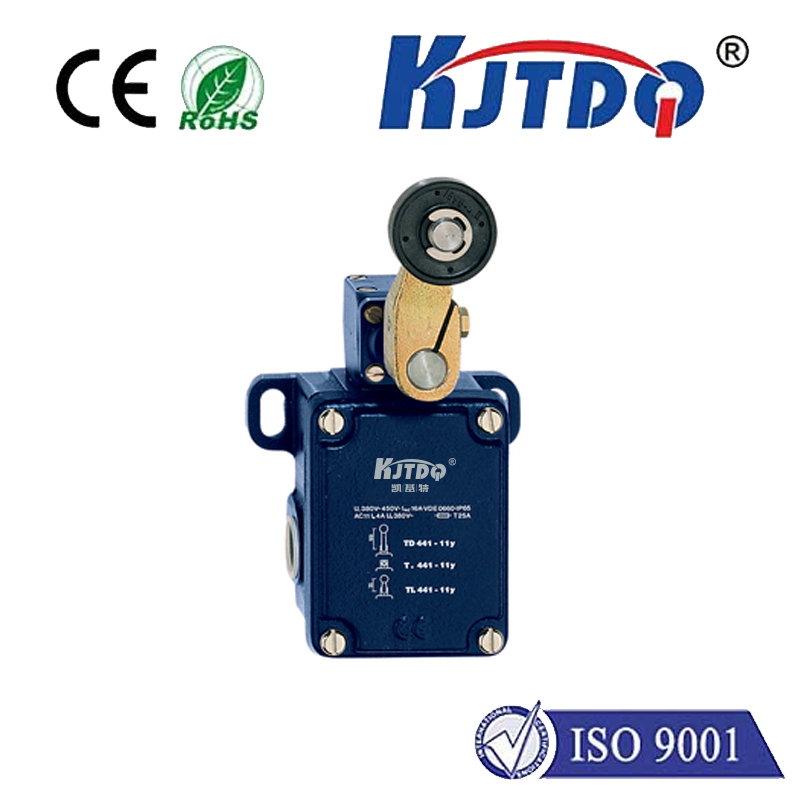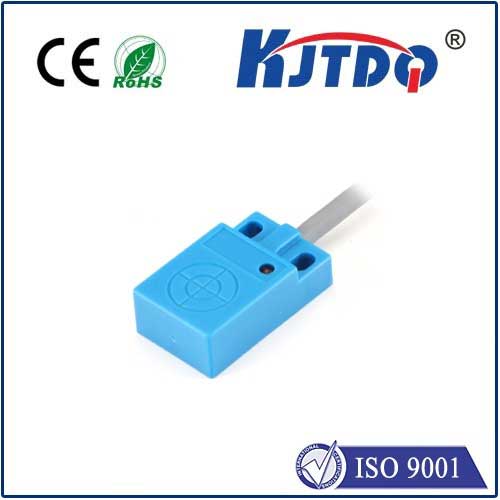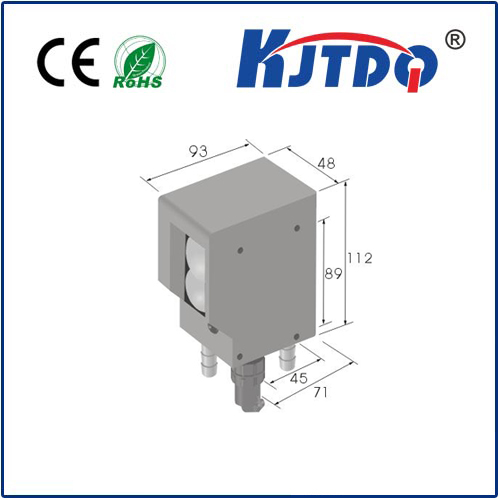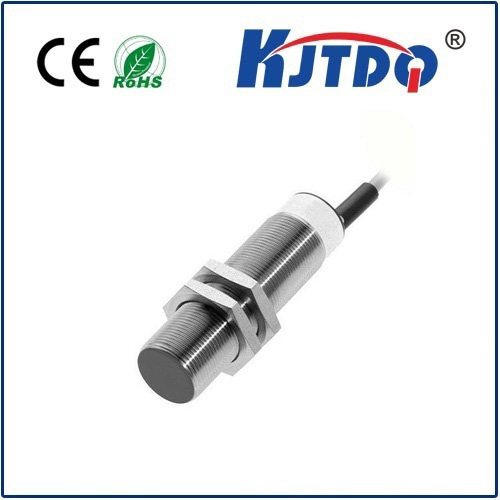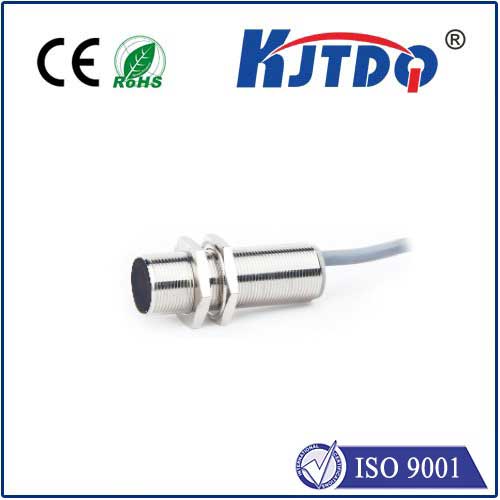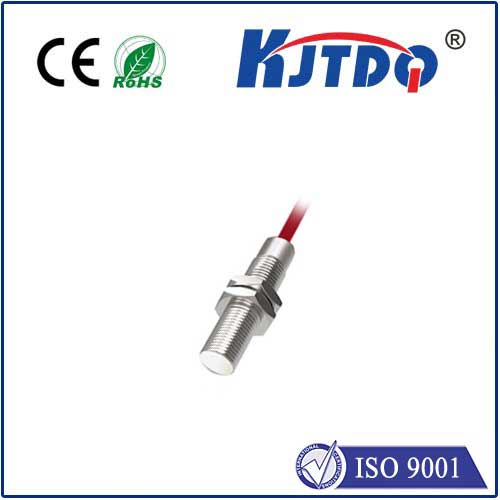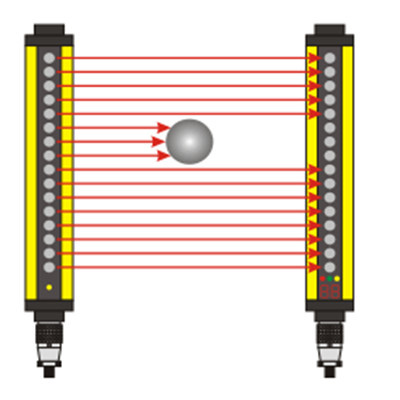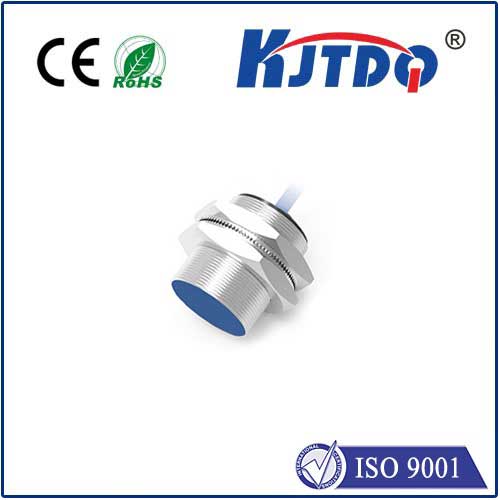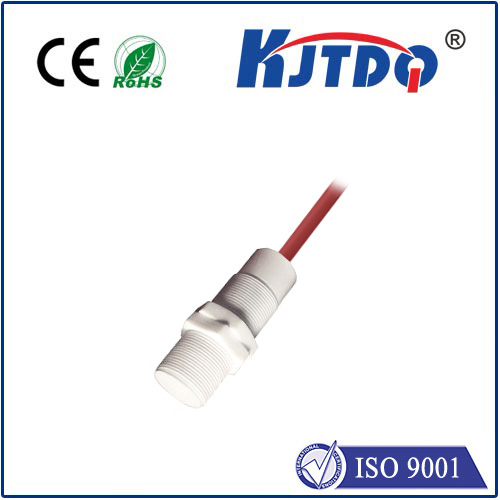temperature detector
- time:2025-08-25 03:15:51
- Нажмите:0
The Indispensable Guide to Temperature Detectors: Technology, Applications, and Choices
Imagine a hospital ICU. A patient’s condition is precarious, their body temperature a critical vital sign. Constantly monitoring this with a reliable temperature detector integrated into their equipment is non-negotiable, providing instant alerts to medical staff if a fever spikes or hypothermia sets in. This scenario underscores just one instance where these often unseen devices form a foundational pillar of our modern world. From ensuring food safety to optimizing industrial processes and keeping our homes comfortable, Температурный детектор are the silent sentinels guarding against thermal extremes. This guide delves into the essential technology, diverse applications, and key considerations for choosing the right thermal sensor.
Understanding the Core Technology: How Temperature Detectors Work
At their heart, a temperature detector functions by converting thermal energy (heat) into a measurable signal, typically an electrical one. This process relies on fundamental physical properties that change predictably with temperature. Here are the most prevalent technologies:

- Resistance Temperature Detectors (RTDs): These sensors exploit the principle that the electrical resistance of pure metals increases predictably with rising temperature. Platinum is the most common (designated Pt100 or Pt1000), prized for its high accuracy, excellent stability over time, and wide operating range. They offer superior linearity compared to other types, making them ideal for precision temperature measurement in labs, industrial control, and process industries where repeatability is paramount. However, they can be more expensive and slightly slower to respond than some alternatives.
- Thermocouples: Operating on the Seebeck effect, thermocouples generate a small voltage when two dissimilar metals are joined at one end (the measuring junction) and exposed to a temperature difference relative to the other end (the reference junction). This voltage is proportional to the temperature difference. Their key advantages include a very wide temperature range (from cryogenics to over 1700°C+ depending on type), robustness, simplicity, and fast response time. They are widely used in harsh industrial environments like furnaces, gas turbines, and engine exhaust monitoring. Calibration and the need for a stable reference junction temperature can be complexities.
- Thermistors: These are temperature-sensitive resistors, typically made from ceramic or polymer materials. There are two main types: Negative Temperature Coefficient (NTC) thermistors, where resistance decreases significantly with rising temperature, and the less common Positive Temperature Coefficient (PTC) type. NTC thermistors are renowned for their high sensitivity (large resistance change per degree), making them excellent for detecting small temperature shifts. They are very cost-effective and compact, dominating applications like digital thermometers, battery pack temperature monitoring, and consumer appliances. Their non-linear response curve and narrower operating range are trade-offs.
- Semiconductor-Based Sensors (IC Sensors): These integrated circuits incorporate temperature-sensing elements alongside signal conditioning circuitry. Outputs can be analog (voltage or current) or digital (I2C, SPI). They offer ease of use, good linearity, and often include features like configurable alerts. While generally less accurate than high-end RTDs and lacking the extreme range of thermocouples, they are incredibly popular for temperature detection in consumer electronics (smartphones, computers), HVAC systems, and automotive modules due to their integration and low cost.
Ubiquitous Applications: Where Temperature Detection Matters
The reach of Температурный детектор is vast, touching nearly every industry and aspect of daily life:
- Industrial Process Control & Safety: Precise temperature monitoring is critical in chemical manufacturing, oil refining, power generation, and metallurgy. Sensors ensure reactions proceed safely and efficiently, prevent equipment overheating (over-temperature protection), and trigger fire alarms. Think of monitoring reactor vessel heat, lubricating oil in a turbine, or bearing temperatures on a conveyor motor.
- Healthcare & Medical Devices: As mentioned initially, patient monitoring relies heavily on temperature sensors – in wearable patches, incubators for newborns, dialysis machines, and sterilization equipment. Accuracy and reliability are literally life-saving.
- Food Safety & Cold Chain Management: Ensuring food remains at safe temperatures during storage and transportation prevents spoilage and foodborne illness. Temperature detectors in refrigerators, freezers, transport trucks, and warehouses are crucial for regulatory compliance and quality assurance. Imagine a temperature detector alerting staff if a refrigerated truck’s cooling fails.
- HVAC & Building Automation: Maintaining comfortable and energy-efficient indoor environments hinges on accurate temperature sensing for heating, ventilation, and air conditioning systems. Thermal sensors in thermostats, ducts, and room units provide the data needed for optimal control.
- Consumer Electronics & Appliances: Preventing overheating in laptops, smartphones, gaming consoles, and kitchen appliances (ovens, coffee makers) is essential for safety and longevity. Internal Температурный детектор provide vital feedback to control systems.
- Automotive Systems: Modern vehicles have dozens of temperature sensors monitoring engine coolant, oil intake air, cabin climate, battery packs (especially in EVs), exhaust gases (after-treatment systems), and transmission fluid. This data is critical for performance, efficiency, emissions control, and preventing damage.
- Environmental Monitoring & Meteorology: Weather stations, agricultural systems, and research rely on sensors to track ambient air, soil, and water temperatures for forecasting, climate studies, and optimizing crop growth.
Key Features: What to Consider When Choosing
Selecting the right temperature detector isn’t a one-size-fits-all proposition. Several critical factors must guide your decision:
- Temperature Range: What is the minimum and maximum temperature the sensor needs to measure reliably? Thermocouples excel at extremes (-200°C to >1700°C), while RTDs are superb for mid-range (-200°C to 850°C), and thermistors are typically narrower (-100°C to 300°C for NTCs).
- Accuracy and Stability: How close must the reading be to the true temperature, and how much does it drift over time? High-precision applications like lab work demand RTDs or specific thermocouples with known calibration. Stability refers to the sensor maintaining its calibration long-term. RTDs generally lead here.
- Response Time: How quickly must the sensor reflect a temperature change? Thin-wire thermocouples or small bead thermistors offer very fast response, ideal for monitoring rapid fluctuations. RTDs in protective sheaths are generally slower.
- Environment & Durability: Consider exposure to chemicals, moisture, vibration, pressure, or electrical noise. Industrial settings may require rugged thermocouples with protective sheaths, while medical probes need biocompatibility. The sensor’s resilience is paramount.
- Output & Interfacing: Does the application need a simple analog voltage, a digital signal (easier for microcontrollers), or a direct resistance reading? IC sensors simplify digital integration. Consider cabling requirements and signal conditioning needs.
- Cost & Size: Budget constraints and physical space limitations always play a role. Thermistors and basic IC sensors are highly cost-effective and compact, while high-accuracy platinum RTDs command a premium.
**Making the Right Choice: A

